A couple of small changes can help keep your diving endeavours as sustainable as possible.
There’s so much going on within the Maltese islands that it’s easy to forget about one of the country’s most fascinating offerings – its marine life.
Thousands of locals and tourists of differing skill levels embark on diving tours of some of the Islands’ most fascinating sub-marine sites, ranging from Għar Lapsi and iċ-Ċirkewwa to Mġarr ix-Xini and ix-Xlendi.
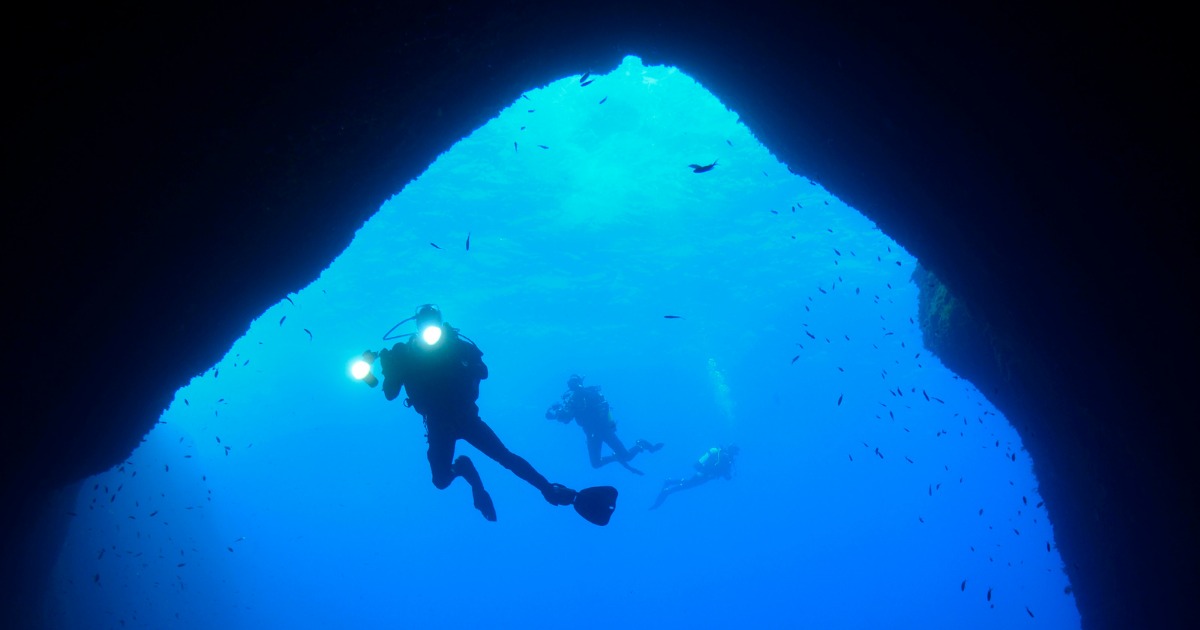
OCEANA / Carlos Minguell ©LIFE BaĦAR for N2K
Two types of underwater habitats found in Maltese waters that host a high level of biodiversity – and thus, attract a lot of divers – are reefs and caves.
Both of these habitats can provide ideal conditions to support and sustain a wide array of marine life, however these ecosystems can be adversely impacted by disturbance from human activities – but we’ll delve deeper into that later.
Since its inception in 2016, the Environment and Resources Authority (ERA) has been working on legislation to protect Malta’s precious marine life, amongst others.
The country already has a robust system which protects said life as well as the Islands’ marine protected areas; however, ERA is set on strengthening this even further. Testament to this is some diving legislation which looks to protect Malta’s diverse underwater habitats from any scuba diving-induced harm, amongst others.
To help you better understand these laws, as well as to spare you the task of sifting through loads of legal jargon, here’s what ERA’s diving legislation stipulates:
1. Look, but don’t touch
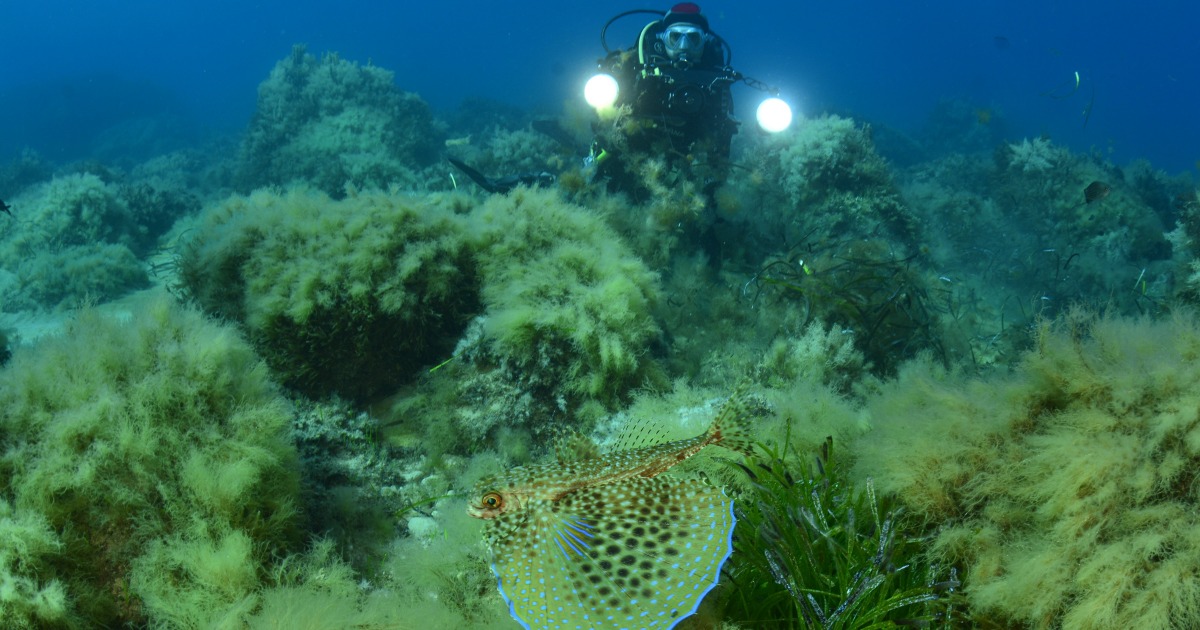
OCEANA / Carlos Minguell ©LIFE BaĦAR for N2K
We get it, it’s hard to keep your hands to yourself when faced with a gorgeous underwater world akin to Atlantis, but something as simple as touching marine life can harm them, which in turn can have knock-on effects for other species.
This doesn’t only apply to animals, like starfish or octopi. It’s best to play it safe and leave all plants, rocks, and shells (both dead and alive) undisturbed; the adverse impacts caused by human interference aren’t always obvious or immediate. Not only so, touching, disturbing or removing protected species is illegal.
Speaking of illegalities: spearfishing using aqualungs is also illegal, as is spearfishing before dawn and after dusk.
If you’re big on marine photography, that’s all well and good, just make sure to be extra careful when taking close-ups of marine creatures. At no point should you ever grasp or touch underwater plants or animals for the sake of a good photo. Apart from that, avoid placing your equipment on the seabed – you never know who you might be disturbing!
2. Do not feed the fish
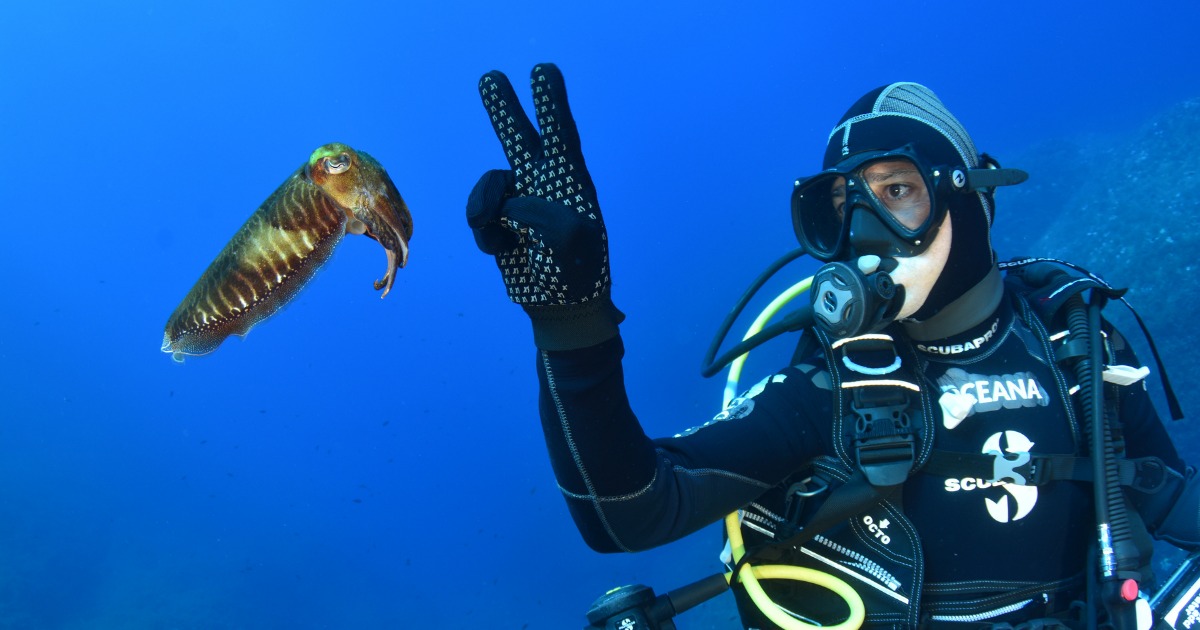
OCEANA / Carlos Minguell ©LIFE BaĦAR for N2K
Feeding your finned friends some of your leftover ftira might seem like a good deed, but believe us when we say that that’s going to do more harm than good.
Introducing unnatural food to underwater habitats can upset the natural balance of the ecosystem, thus changing feeding and behaviour patterns that can have direct and negative consequences on the species’ wellbeing.
Human food, like bread, is not a part of a fish’s natural diet and offers them no nutrition. Feeding marine creatures such food can therefore serve to harm them in the long run.
3. Do not litter
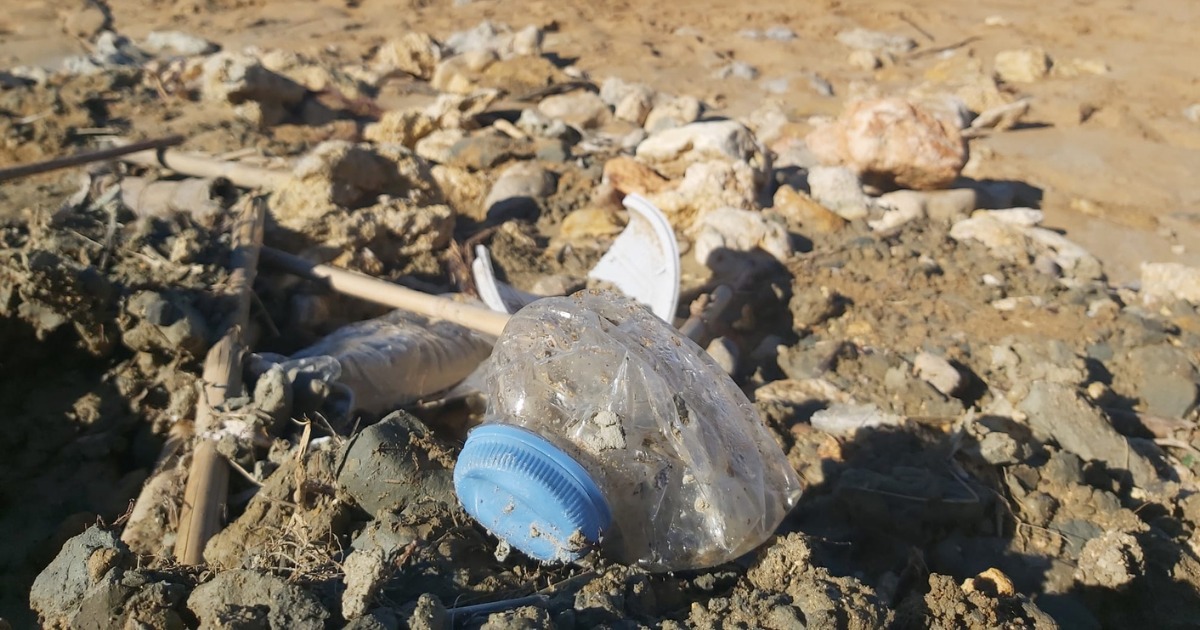
Whether you’re on land or underwater, littering is always a big no no. Not only does this tarnish the beauty of Malta’s sub-marine world, but it also creates a lot of unnecessary risks for our marine friends.
Litter in the marine environment can harm animals and plants through ingestion or entanglement – both of which can result in injury or even death. Apart from that, marine litter can take anywhere between a couple of years to many centuries to degrade.
Some items, particularly those containing plastic (cigarette butts, we’re looking at you) never really degrade but instead disintegrate to become microplastics. Once ingested by whatever creature, microplastics enter the food chain, meaning that it’s only a matter of time until you’ll find microplastics in your seafood.
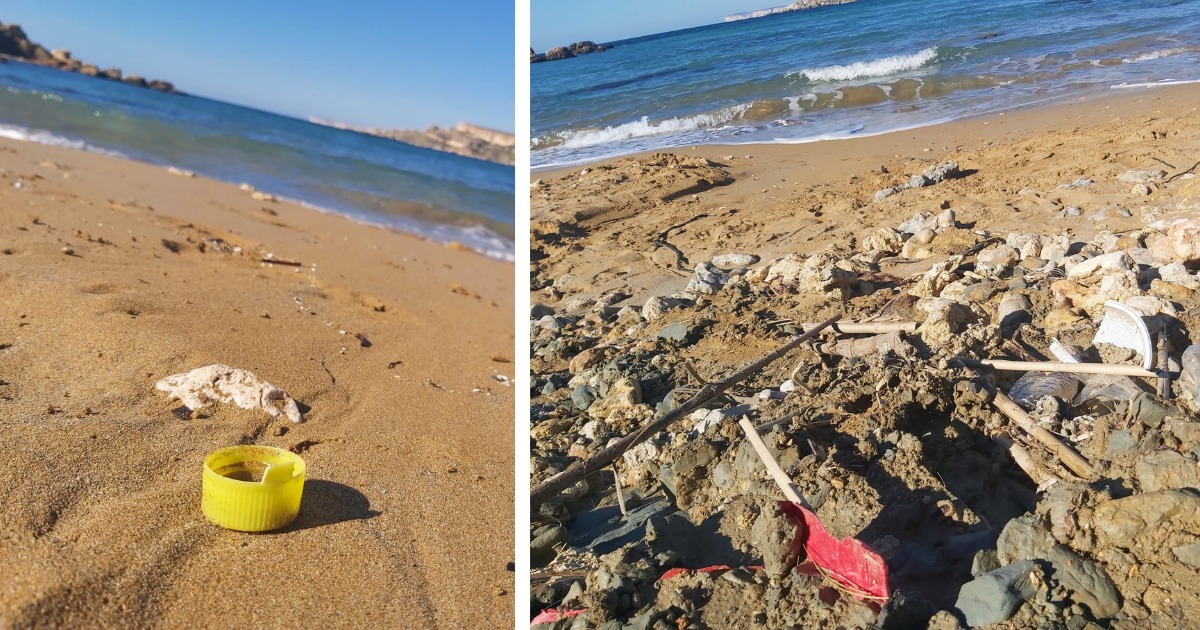
Organising an underwater clean-up?
That’s great! Collecting floating litter is a perfect way of battling the marine litter problem.
Having said that, do keep in mind that the collection of litter on the seabed is subject to specific ERA guidelines that seek to ensure that no unintended negative side effects impact marine ecosystems. A nature permit may be required for these types of clean-ups.
ERA's mission to protect Malta's marine life goes beyond these laws.
That's right - the Authority has designated 18 marine protected areas, covering over a whopping 4,100 square-kilometres, around the Maltese islands, equivalent to more than 35% of Malta’s Fisheries Management Zone.
These areas were chosen to form part of the EU’s Natura 2000 network since they hold ecologically important habitats and species.
Between 2008 and 2012, five areas were identified mainly to protect beds of Neptune seagrass - these meadows are an important habitat for coastal biodiversity, and are considered as an effective natural means against coastal wave erosion. Three of these areas also host the Maltese topshell, which is an endemic protected sea snail.
In 2016, as a result of the LIFE Migrate and LIFE+ Malta Seabird projects, the number of protected zones was increased by a further five sites, which were identified as important for the loggerhead turtle, the bottlenose dolphin and three seabirds that breed in the Maltese islands, the scopoli’s shearwater, the yelkouan shearwater and the Mediterranean storm-petrel.
In 2018, following the LIFE BaĦAR for N2K project, a further three inshore and five offshore areas were designated for the protection of cave and reef habitats.
The below are the eighteen marine protected areas in the Maltese islands:
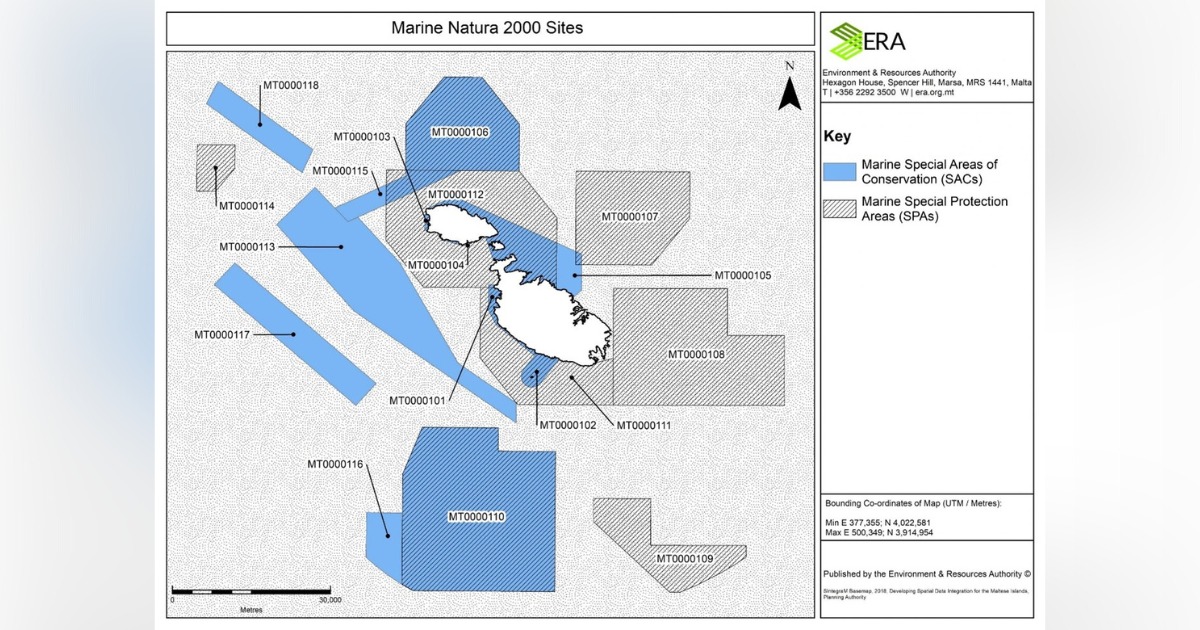
Now that all of that’s clear, let’s move on to some safety rules that are a tad more specific…
Throughout your diving endeavours, you’re bound to come across reefs or marine caves, as these spots are often teeming with a range of interesting marine life.
Reefs, which can be found in a variety of seabed formations, support a range of communities, and are thus considered to be biodiversity hotspots. There are two main types of reefs: geogenic reefs and biogenic reefs. The former are natural rocky marine habitats whilst the latter are structures creates by the biota themselves, e.g. coral.
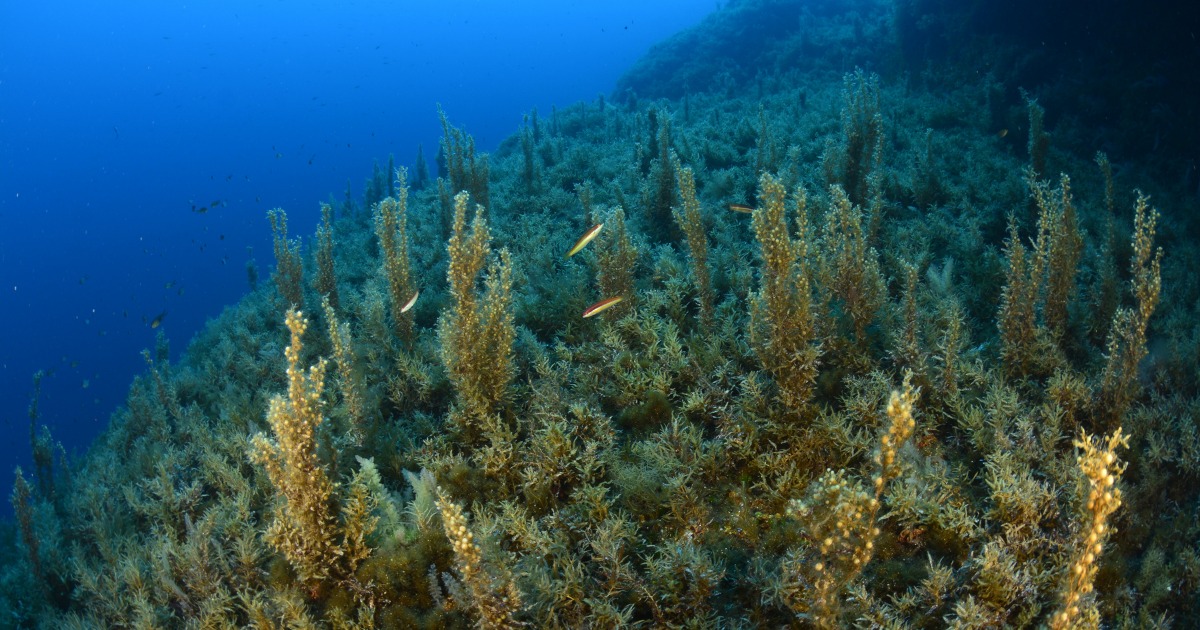
OCEANA / Carlos Minguell ©LIFE BaĦAR for N2K
Similarly, marine caves are also synonymous with high biodiversity. The environmental conditions within caves can vary greatly depending on a range of factors, such as the cave’s size and structure, the extent to which they are submerged, exposure to waves and currents, and changes in temperature, salinity, and light.
These conditions in turn affect which communities of living organisms are found within a specific cave. Generally, however, the low light and relatively cold temperatures found in these structures mimic deep water habitats.
Creatures associated with deeper waters can thus often be found living inside marine caves – even in relatively shallow water!
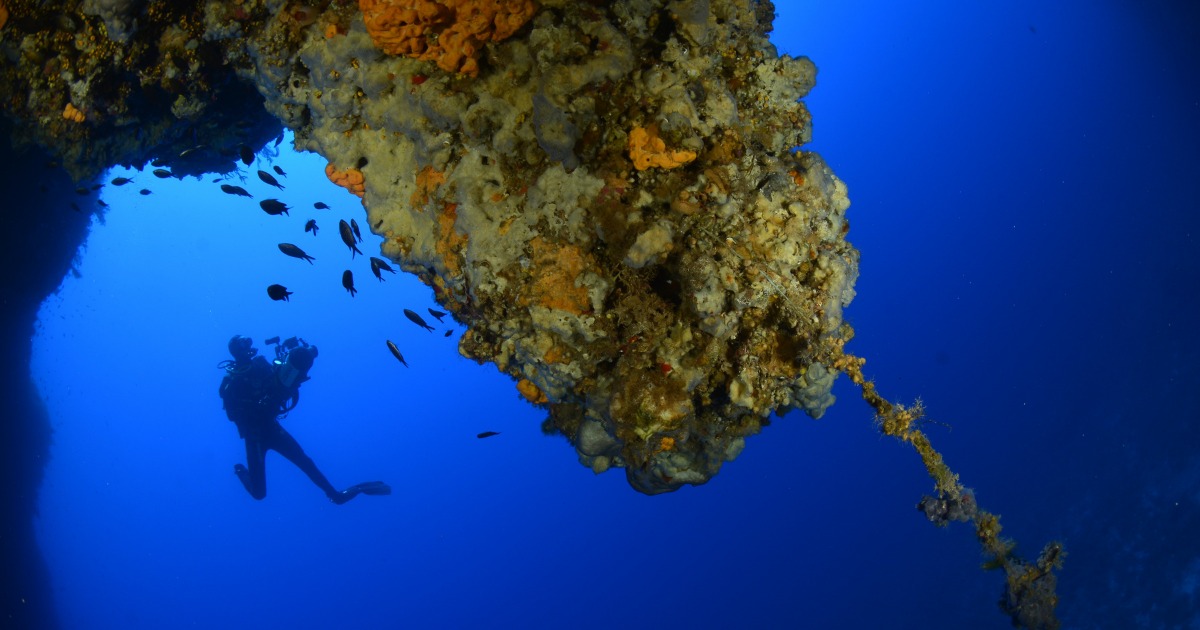
OCEANA / Carlos Minguell ©LIFE BaĦAR for N2K
Given the pristine conditions that are needed to sustain such particular species, you can only imagine how sensitive marine caves are to outside interference.
One of the most common ways by which divers harm marine caves is when physical contact is made with the structure’s walls.
Believe it or not, cave walls are home to a flurry of species, such as sea sponges, corals, and bryozoans. Not only can extended contact with cave walls harm you as a diver, but it can also cause permanent damage to such organisms as well as their homes.
Maintaining good buoyancy is of utmost importance in order to avoid contact with cave walls – especially when taking photos.
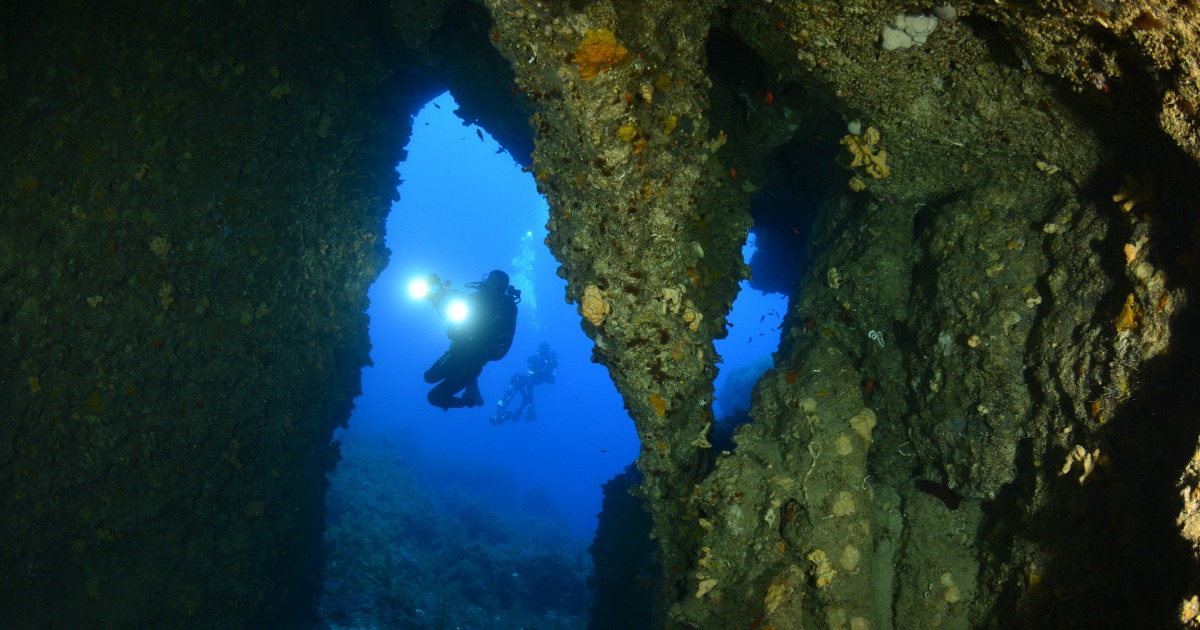
OCEANA / Carlos Minguell ©LIFE BaĦAR for N2K
If you consider yourself a beginner diver or if the marine cave you’re faced with is particularly small, you’re better off enjoying the cave’s offerings from a distance.
Sometimes, swimming through marine caves – even as an experienced diver – can be detrimental to surrounding ecosystems. Exhaled air bubbles can sometimes get trapped within submerged caves, exposing organisms growing on roofs and walls to air and thus, harming them.
Here are the cave-dwelling marine creatures that are particularly sensitive to human interference…
Corals
Corals are complex organisms that generally form colonies – that is when individuals that are genetically identical, grow close together. The types of coral found in Malta use tiny, tentacle-like arms to capture minute organisms from the water and sweep them into their mouths. They are sessile, which means that they permanently attach themselves to the ocean floor, essentially ‘taking root’, like most plants do.
Most corals in the Mediterranean Sea are cold water corals found in the deep sea. However, there are some species that can be found in coastal waters, attached to rocky substrates in the outer sections of caves or in the shaded parts of reefs.
An example of this would be the orange coral (Astroides calycularis), or il-qroll tad-dell in Maltese. This species is endemic to the Mediterranean and forms colonies.
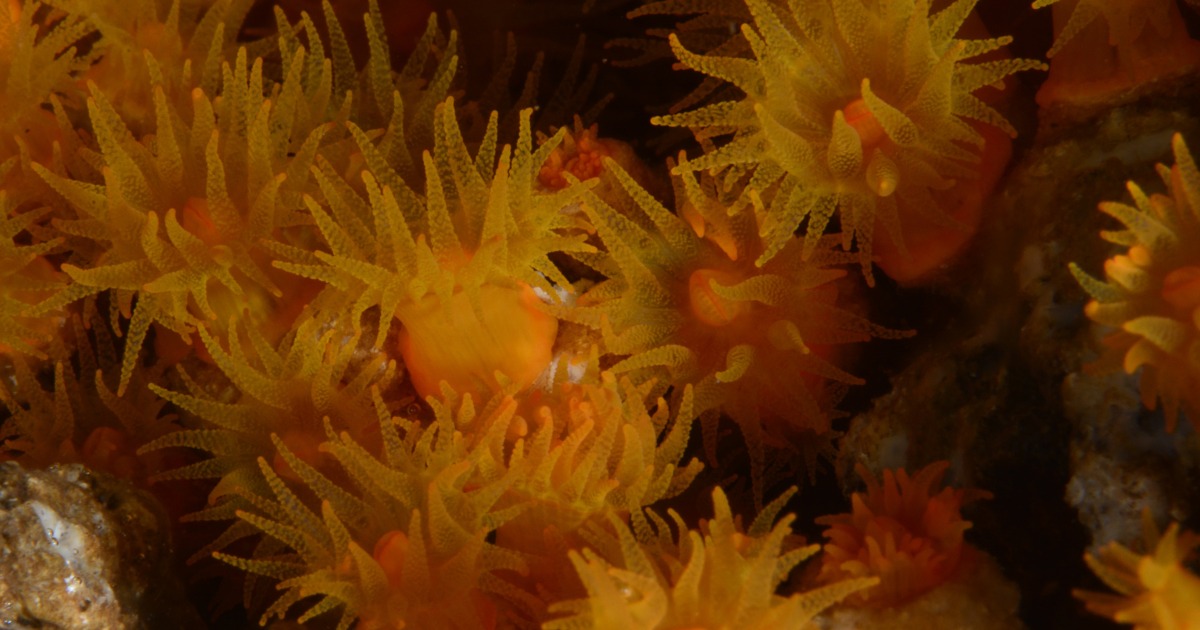
OCEANA / Carlos Minguell ©LIFE BaĦAR for N2K
The solitary sunset cup coral (Leptopsammia pruvoti) can also be found in local seas, specifically in shaded habitats. As its name implies, this is a solitary coral, and hence does not form colonies.
Sponges and Bryozoans
Sponges and bryozoans are characteristic sessile species of marine caves and are among the few species found in the inner, semi-dark, and dark parts of caves.
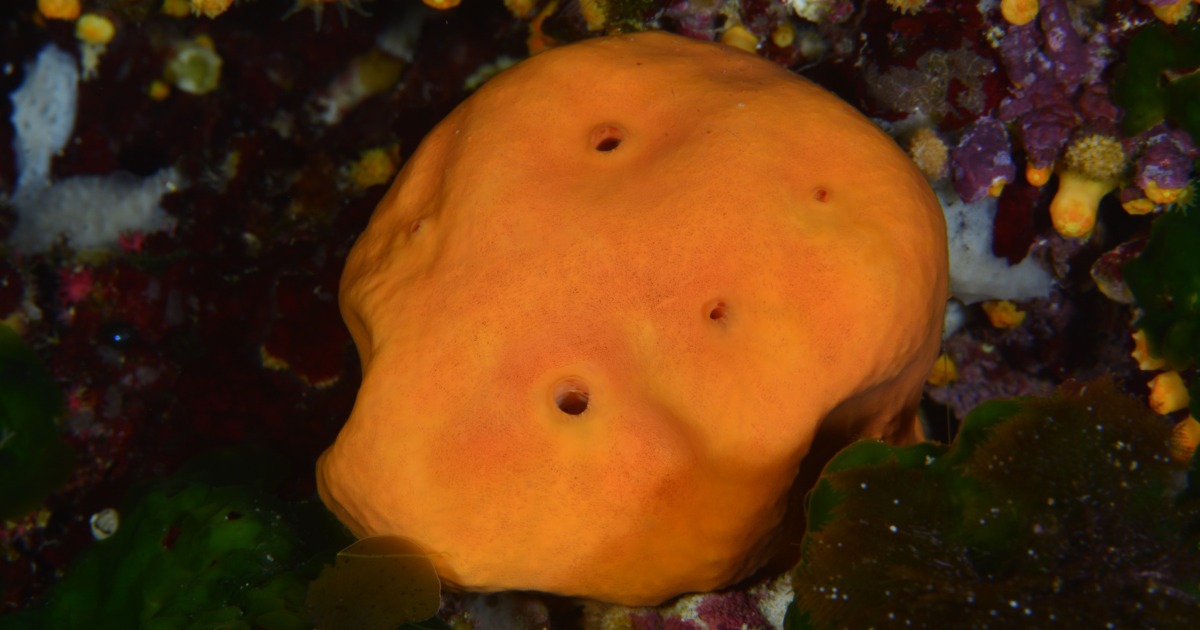
OCEANA / Carlos Minguell ©LIFE BaĦAR for N2K
Sponges are immobile aquatic invertebrates, with a simple anatomy. They feed by filtering water for small organisms such as algae and bacteria, which they then consume. Sponges can be found on both rocky and sandy or muddy substrates, depending on the species.
These creatures can be either encrusting or erect, with the latter being more vulnerable to damage from physical impact.
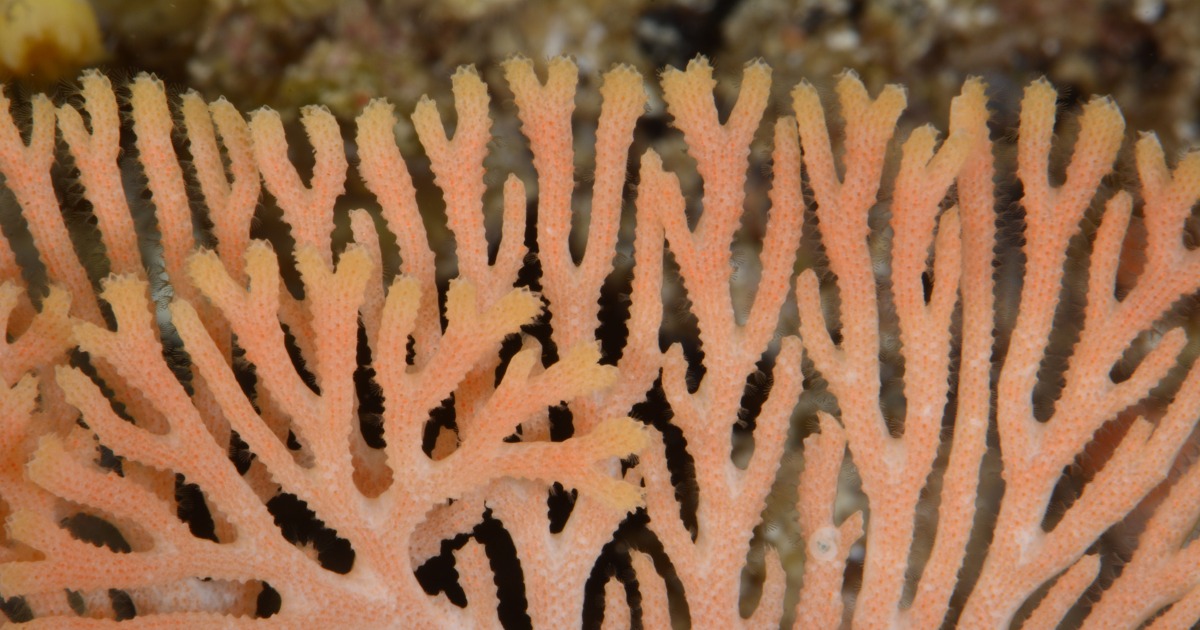
OCEANA / Carlos Minguell ©LIFE BaĦAR for N2K
Bryozoans, on the other hand, are microscopic aquatic invertebrates that live in colonies. The colonies take different shapes and forms depending on their species and build exoskeletons similar to corals’. Bryozoans are also filter feeds and use a special feeding structure called a ‘lopophore’, which looks similar to a crown of tentacles.
Be extra careful on your next diving trip!
OCEANA / Carlos Minguell ©LIFE BaĦAR for N2K